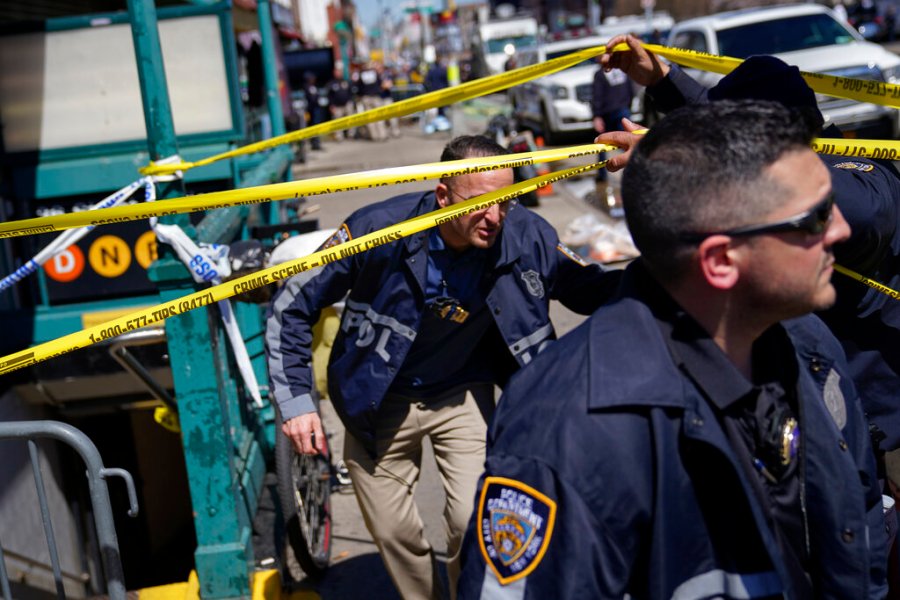‘Bedlam:’ Man recalls chaotic scene of NYC subway shooting
NEW YORK CITY (NewsNation) — At first, when Kenneth Foote-Smith saw his train car filling his smoke, he thought it was an electrical fire.
But then, he and the other passengers heard gunshots.
Those three to four quick “pop pop pop pops” signaled to everyone that this wasn’t just a train malfunction, but a gunman shooting at people in the Brooklyn-area subway station.
“All I know in that situation was I had to expect the worst,” Foote-Smith said.
The shooting ended up leaving at least 10 people injured — but no reported deaths. Investigators recovered multiple smoke devices at the scene.
It’s something that Foote-Smith still hasn’t come to terms with, he said on NewsNation’s “Morning in America,” Wednesday, just one day after the shooting. “It was so surreal,” he said.
Foote-Smith described the scene as “almost a zombie flick,” with people’s faces smashed against the glass of the subway connector doors and smoke filling up the train. A man banged on the door to try to get people’s attention, urging them to leave.
But when one man tried to open the train car door, it was jammed.
For 30 seconds, Foote-Smith said, there was “complete hopelessness.”
“All we could do is watch these people fight for their lives, and struggle and claw at this door,” he said.
All of the passengers were leaning against the doors. Once they finally opened, “It was like a flood of people at the train,” Foote-Smith said.

“I had never seen a sea of people move with such urgency before,” Foote-Smith said. Some were sprinting to the other end of the platform, trying to get out. Others were trying to get help, or assist others.
Those who couldn’t find stairs to escape hid behind pillars, desperate for whatever cover they could find while they decided their next moves.
There was “pure, absolute bedlam” on the platform, until another train pulled up. A conductor yelled at everyone to get on the next train. That split-second decision, Foote-Smith said, was the right move.
Once everyone made it to 25th Street, the conductor told them to get out of the train car, asking for anyone with medical training to help an injured man in the second car.
As Foote-Smith walked by, he saw the man had been shot in his stomach.
“He was responsive. He was moving his head,” Foote-Smith said.
Even in the aftermath of the harrowing shooting, there was confusion, with people giving different accounts of what happened.
“Someone said no blood, someone said lots of blood, and that’s testament to how thick that smoke was, because someone else told me they couldn’t see their hand in front of their face,” Foote-Smith said.
Foote-Smithe himself didn’t see blood on the train. What he did see was blood on people as they hobbled out of the train car.
“I saw gunshot wounds, I saw people coughing, crying from the smoke irritation,” Foote-Smith said. Everywhere he looked, people were breaking down.
“People were hysterical physically, mentally, emotionally, crying,” he said. “All kinds of ages, creeds, colors. It was a pure chaotic moment.”









